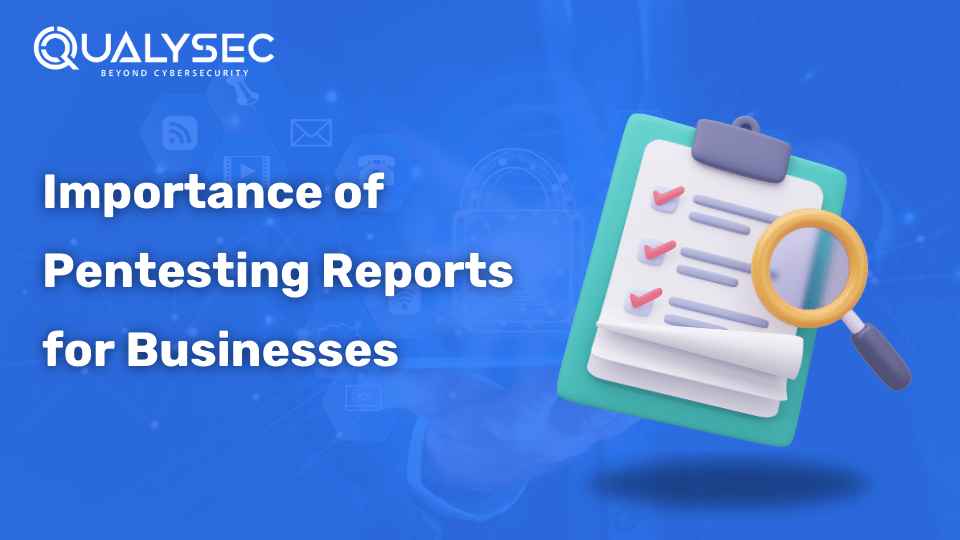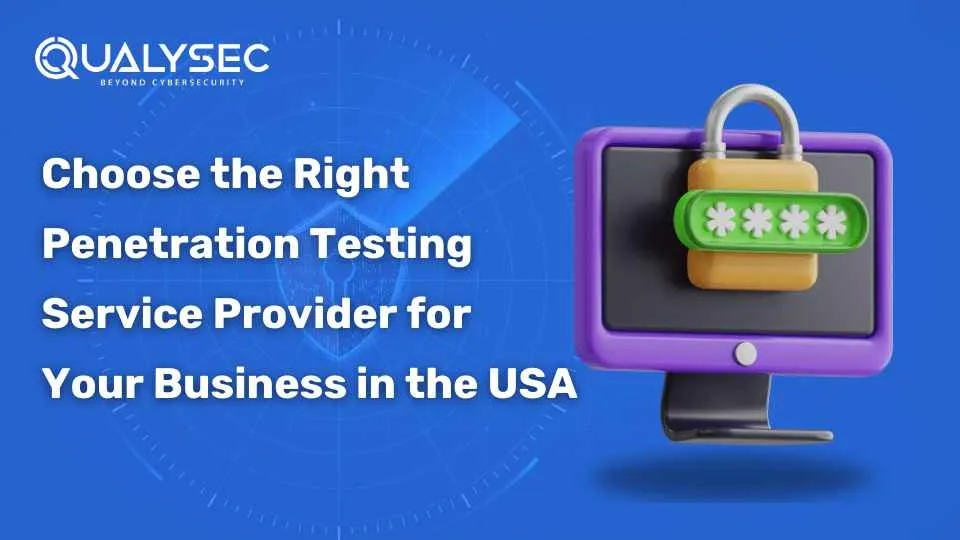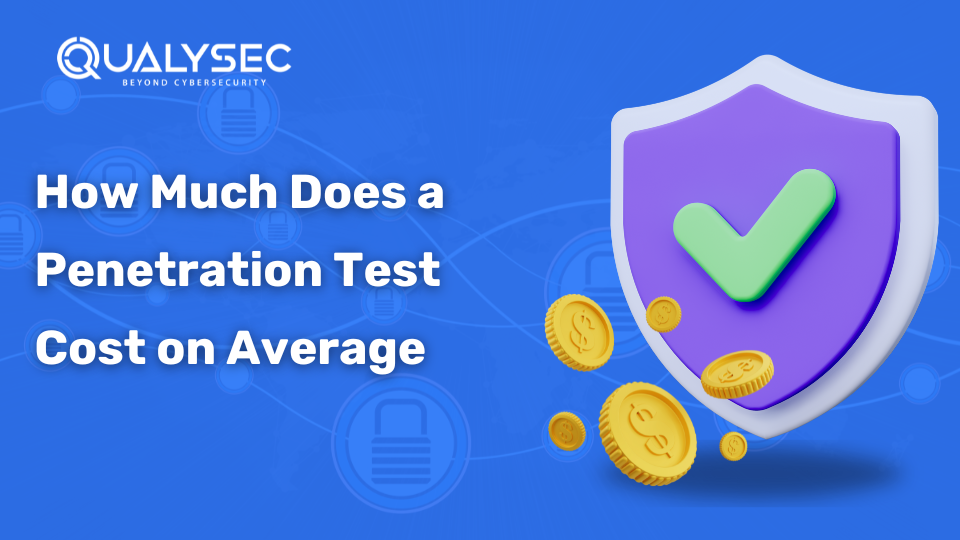Importance of Security Penetration Testing for Businesses
Table of Contents One of the major risks businesses are facing worldwide is hackers exploiting vulnerabilities that exist in their IT infrastructure. As technology and interconnectivity are growing, the landscape of cyber threats is also growing. To avoid hackers getting inside your internal network and using it for their gain, businesses need to perform regular
Read More












